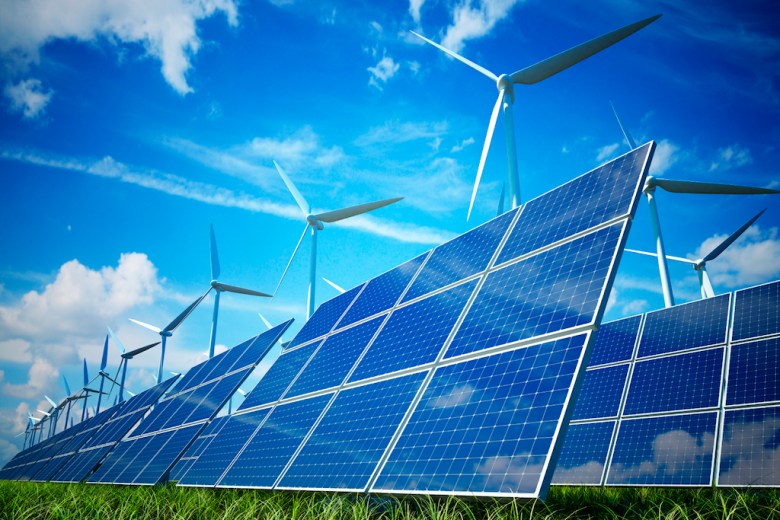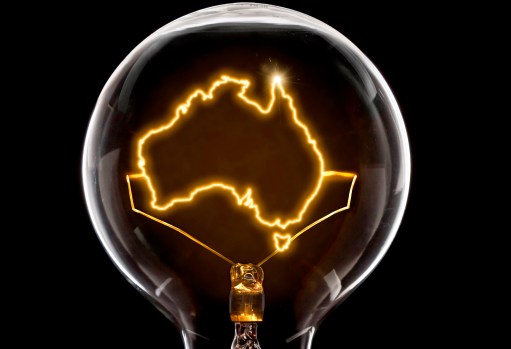
The Tesla battery farm in South Australia
Australia’s states, and in particular South Australia, are leading a battery and energy storage boom which will transform the way energy is used and distributed in Australia.
The Climate Council has released a new report on the technology: ‘Fully Charged: Renewals and Storage Powering Australia’. The report says Australia is on the cusp of an energy storage boom driven by supportive policies by state governments and falling costs.
It is not all about batteries. Energy storage includes pumped hydro, such as the Federal Government’s proposed Snowy 2.0 scheme. Storage technology will go a long way toward making renewable energy a viable option to carbon-based fuels because they will be able to smooth out the peaks and troughs in renewable electricity generation.
“Energy storage technologies, like batteries, solar thermal and pumped hydro, can be used to build greater reliability and flexibility into Australia’s electricity grid,” says the report. “They can store wind and solar power to provide electricity 24/7.”
It gives the example of South Australia’s ’s well-known ‘world’s most powerful battery’, implemented by leading technologist and entrepreneur Elon Musk’s Tesla. South Australia is often singled out in the report for the sophistication of its renewable energy strategy.
“South Australia is … already benefiting the power grid by helping meet peak demand, and responding rapidly to coal plant outages. By 2020 the state will also have a 150MW solar thermal plant with heat storage.”
It notes that the Victorian, Queensland and the Northern Territory governments are also investing in grid scale battery storage technology, while the Federal, Queensland and Tasmanian governments are considering developing large pumped hydro projects. NSW is a laggard.
The boom is being driven by falling costs. “The cost of lithium-ion batteries has fallen by 80 percent since 2010. Costs may halve again by 2025. The cost of energy storage technologies is rapidly falling and becoming competitive with peaking gas plants, particularly in light of the trebling of the domestic gas price over the last five years.”
While the report talks a lot about batteries, it says that pumped hydro powered by renewables is the cheapest form of large-scale energy storage. “However, the Climate Council has significant concerns about the Federal Government’s Snowy 2.0 mega-project, as the project is not accompanied by new investment in renewables.”
The battery boom is also happening at the domestic level. There were 6,750 new household battery installations in Australia in 2016, a number the Climate Council believes tripled in 2017 as prices have fallen an awareness of the technology has increased.
The Climate Council believes energy storage technology is critical for building a reliable Australian electricity grid for the 21st century. “Energy storage technologies are ideally suited to the needs of a modern, smart grid providing electricity when and where it is needed.
“Energy storage can complement high levels of wind and solar power in the electricity grid by storing excess renewable energy. Countries such as Germany, Spain, Ireland and Denmark together with major economies like California have all successfully integrated much higher levels of wind and solar (20 percent to over 50 percent) into their electricity grids without compromising reliability.
”The Australian electricity grid and old fossil fuelled power stations are increasingly vulnerable to worsening extreme weather events, particularly as these power stations age. Over half of Australia’s coal fleet will be over 40 years old by 2030. Having a variety of storage technologies will improve the flexibility and resilience of the power system.”
The report highlights the importance of the use of renewable energy and energy storage as key technologies for reducing carbon emissions and helping Australia meet its Paris Climate Accord commitments. It does not even mention the Federal Government’s proposed National Energy Guarantee (NEG), which relies strongly on coal and gas as energy sources.
But the involvement of the states in renewable energy and storage will ensure that the technologies will be high on the agenda at the next meeting of the Council of Australian Governments (COAG) Energy Council, to held in April after the last meeting in November 2017 deferred any decision on adopting the NEG plan.
The Climate Council report can be found here.
Comment below to have your say on this story.
If you have a news story or tip-off, get in touch at editorial@governmentnews.com.au.
Sign up to the Government News newsletter.

